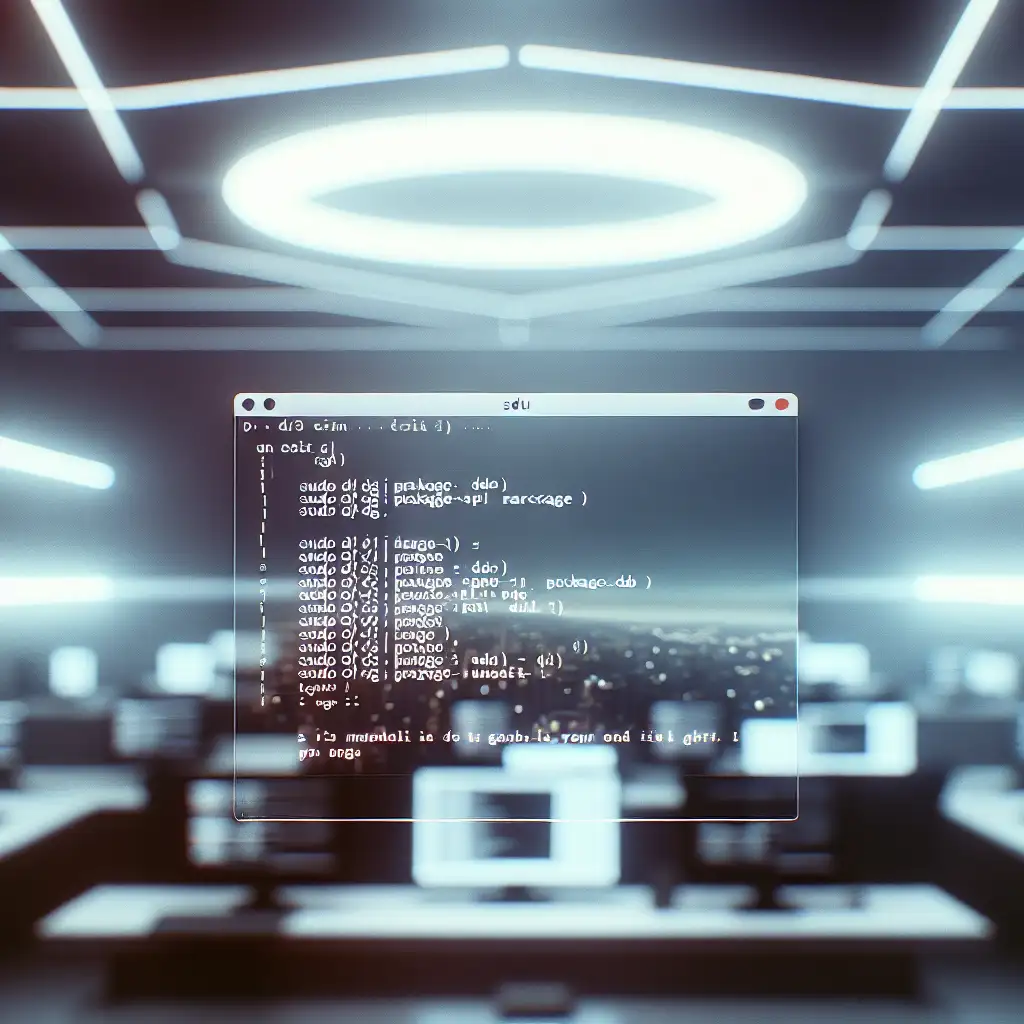Mastering dpkg and apt: The Ultimate Guide to Installing .deb Files in Ubuntu with Command Line Precision
Forget the one-liner GUI click — this post cuts through the myths around .deb file installations, showing how mastering dpkg and apt commands demystifies package management and safeguards your system from broken dependencies.
Why Use Command-Line to Install .deb Files?
When you're an IT professional or a power user, relying only on GUI tools can slow you down or leave you guessing about the inner workings. The .deb package format is the backbone of software distribution in Debian-based distros like Ubuntu, but manually installing these packages with a click can cause headaches when dependencies are missing.
Mastering command-line tools like dpkg and apt empowers you to:
- Install packages efficiently without GUI overhead.
- Resolve dependency issues proactively.
- Maintain tighter control over software updates and removals.
- Automate installs and deployments using scripts.
Let’s dive into practical commands and examples you can start using today.
Understanding the Players: dpkg vs apt
Before installing .deb files, understand these two key commands:
-
dpkg(Debian Package): Low-level tool designed to install, build, remove, and manage.debpackages. It does not automatically resolve dependencies. -
apt(Advanced Package Tool): A high-level package manager that can handle installations while resolving dependencies by fetching required packages from repositories.
When to Use Which?
- Use
dpkgwhen you already have the.debfile locally. - Use
aptto fix broken dependencies or install missing requirements after a manual install.
Step 1: Download Your .deb File
Typically, you'll start by downloading the .deb package from a vendor site or repository. For example:
wget https://example.com/software_package.deb -O ~/Downloads/software_package.deb
Make sure you're in the directory where you saved the file:
cd ~/Downloads
Step 2: Install with dpkg
To install your downloaded package, run:
sudo dpkg -i software_package.deb
The -i flag stands for "install."
What Happens Next?
If all dependencies are met, this completes successfully. However, often you’ll see errors regarding unmet dependencies like this:
dpkg: error processing package software_package (--install):
dependency xyz is not installed
Errors were encountered while processing:
software_package
Step 3: Fix Dependency Issues with apt-get
Since dpkg does not handle dependencies automatically, run:
sudo apt-get install -f
The -f flag means "fix broken" dependencies. This command will look for missing required packages needed by your .deb, download them from Ubuntu repositories, and install them.
Combining Steps for Smooth Installs
You can combine these steps with one quick command sequence:
sudo dpkg -i software_package.deb && sudo apt-get install -f
This tries the installation first; if dependencies fail, it immediately fixes them.
Bonus: Using apt Directly on Local Files (Ubuntu 16.04+)
Recent versions of Ubuntu let you use apt directly to install a local .deb, which attempts dependency resolution in one go:
sudo apt install ./software_package.deb
Note: You must add ./ or full path prefix; otherwise apt will search repos for a package named literally “software_package.deb”.
Internally, this runs through dependency checks before installing — a more elegant approach than pure dpkg.
How to Remove Installed Packages
To uninstall the package installed via .deb, use:
sudo apt remove software_package_name
or if using just dpkg:
sudo dpkg -r software_package_name
Using apt remove is generally safer because it respects dependencies and triggers cleanup tasks properly.
Pro Tips for Smooth .deb Management
-
Always update your repo cache before fixing deps:
sudo apt update -
Confirm package installation status:
dpkg -l | grep software_package_name -
Inspect package info prior to installation:
dpkg -I software_package.deb # Uppercase i for info (not install) -
Avoid installing random
.debs blindly—check their source integrity!
Summary
Mastering .deb file installs on Ubuntu CLI boils down to understanding when to use:
| Scenario | Command |
|---|---|
| Install local .deb | sudo dpkg -i package.deb |
| Fix missing dependencies | sudo apt-get install -f |
| Install local .deb + deps handled (Ubuntu 16.04+) | sudo apt install ./package.deb |
| Remove installed package | sudo apt remove package_name |
With these commands in your toolkit, you're no longer at mercy of fragile GUIs — take control of your Ubuntu installs like a pro!
Happy packaging! If you found this guide useful or have questions about specific error messages during installs, drop a comment below. Mastery grows with practice!
